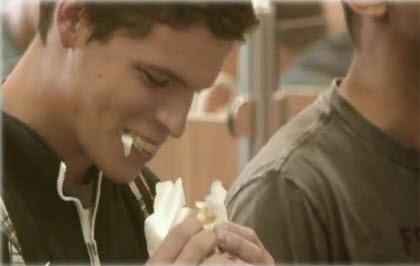Shipping damage is a very real occurrence
and it is one of the major causes of loss incurred from shipments. It is not an
unavoidable scenario. With adequate precautions and preventive measures, you
can easily ward off the agents that could cause damages to the packing boxes.
The problem lies in the lack of
effectiveness in the packaging of the products. If care is not taken during the
packaging process, then there is a good chance that the package might have
ruptures or it could open up. Such “opened packages” are almost always
subjected to slower processing times, which often results in delays that extend
beyond 1-2 days. Such a delay might not seem quite a lot if it is a personal
package comprising a single item, but for other consignments this could mean a
complete loss of business opportunity. This is not acceptable for any business
transaction. More than often, the products are carried forward to a new
destination after the products have been received at a particular place.
Moreover, no one likes to receive an opened / damaged package because the
quality of the products cannot be assured (at least not to the customer).
If you want to save yourself from the
hassles of filing claims and dealing with angry customers who have not yet
received their packages owing to faulty packaging methods, then follow these
tips and you should be able to avoid damages during shipping.
Get the Right Size of Packing Boxes
The packing box for your products should be
of the right size. Too big a box would require a lot of cushioning along with
other materials for filling up the excessive void. Too small a box would cause
the product to be fit very tightly and this can damage the packaging during
shipping. The best packing box is one where your products fit nicely and there is
a little space for adding cushioning (if required). For items such as clothes
which do not require cushioning, make sure that the box is filled completely to
avoid damages.
Place the Product Correctly Inside the Packing Box
The product’s placement inside the packing
box is crucial for assuring the safety of the contents during shipment. Fragile
items need to be mandatorily kept in an upright position with the top portion
of the product facing the largest side of the corrugated boxes. Try to avoid
placing it along the narrow top of the box as this position is not effective in
keeping the product upright.
Add Sufficient Amount of Cushioning (Whenever Required)
Cushioning is an absolute must if you
really want to add a good amount of protection for your items. The trick to
getting the job done in the right manner is to cover the product with
cushioning all around in an even manner. While packing peanuts are preferred by
almost all shippers, you would find bubble wrap to be a better choice for
fragile products (with no sharp ends).
The bubble wrap engulfs the product while
keeping it protected from all sides in an even manner. If you need more
protection, then you could opt for a bubble wrap with larger bubbles or you
could also wrap it around multiple times. In either case, you would be able to
put a thick layer of protection around your fragile products.
Be Generous With The Packing Tape
If you are stingy with the packing tape,
then it is possible that you would end up making a weak packaging. While less number
of tapes will not cause any direct damage to the package, it would certainly
cause the contents to spill out during transit or handling. The best way to
secure the package would be to apply three strips of packing tape along the
seams and the flaps. Additionally, you may also apply two more strips right
across to secure the package further.
Don’t be casual if you have light weighted
materials in the box. They can rub against the adhesive and loosen the bonds,
resulting in the contents spilling out from the package. If you have heavy
components, or maybe a small box containing a lot of metal items, then the best
thing would be to secure the package with lots of tape. Trust me, it would save
you a lot of hassle which you would have to bear otherwise.
Be Nice to the Shipping Executives
Instead of being overly bossy or rude to
the employees of the shipping company, try being nice for once. It makes a
world of a difference in the way your packages are handled. They won’t
deliberately manhandle your packages, but they do have their own frustrations
(resulting from being underpaid as compared to their manual efforts and lack of
appreciation for their contributions).
By flashing unpleasant gestures or being
rude, you only aggravate their frustrations and in turn, they do not handle the
packages with care. So if you don’t want your consignment to get damaged, then
flash a smile at them and be nice. Trust me, it works every time!





